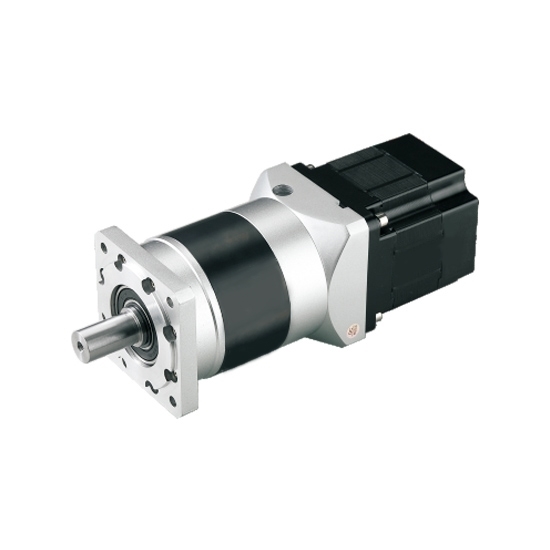With the further development of the machinery industry, more and more users are using geared motors. Although geared motors have been widely recognized and used in many mechanical types of equipment, there are still many users who have never been in contact with geared motors. There is a lot of confusion. They think that a simple transmission structure can achieve the function of a geared motor, but in fact, it is not quite the case. Gearmotors.org gives you a list of the top 5 benefits of using a geared motor and why you should use a geared motor.

- If a geared motor is added, the moment of inertia can be reduced. Generally, it is the reduction of the square of the speed ratio, which can control the start, stop and speed change in time.
- The torque is increased by the geared motor, the input power is increased, and the power required by the input motor can be reduced. Generally, the motor is expensive, so we can consider a cheap geared motor.
- The deceleration motor has the function of protecting the motor in the transmission. The decelerator bears a large torque during operation. When it is overloaded, only the value of the overload divided by the reduction ratio is transmitted to the motor. If it is directly borne by the motor, it may cause damage to the motor.
- When the gear motor is overloaded, the reducer will be damaged first, and the reducer can be restored to use only by replacing spare parts, and the cost is relatively low. If the motor is directly damaged, the maintenance is relatively slow and the cost is high.
- When the geared motor is directly connected to the load and runs at low speed, the motor will inevitably increase a lot in order to meet the output torque current, which will inevitably have higher requirements for the heat dissipation and insulation of the motor. It is not desirable from an energy-saving point of view. The effects of these problems can be reduced by using a geared motor.